Ubiquitous IoT
Overview
Our work on ubiquitous IoT utilizes the RF backscattering phenomenon with applications in Low Power communication and Wireless Sensing.
The first theme of works develops IoT nodes for facilitating ultra low power communication of the sensors and integrate them with COTS wireless technologies like ZigBee, BLE and WiFi. These works introduce the features like beamforming, synchronization and signal processing to the world of backscatter while keeping the devices low power in nature.
The second theme delves into designing smartsurfaces to control the wireless signal reflections thus adding a degree of freedom to control the wireless channel. We showed that this additional degree of freedom increases multiplexing gain in MIMO wireless links.
The third theme focuses on sensing using wireless signals. Here we develop sensors to detect mechanical forces using RF backscatter sensors.
Publications
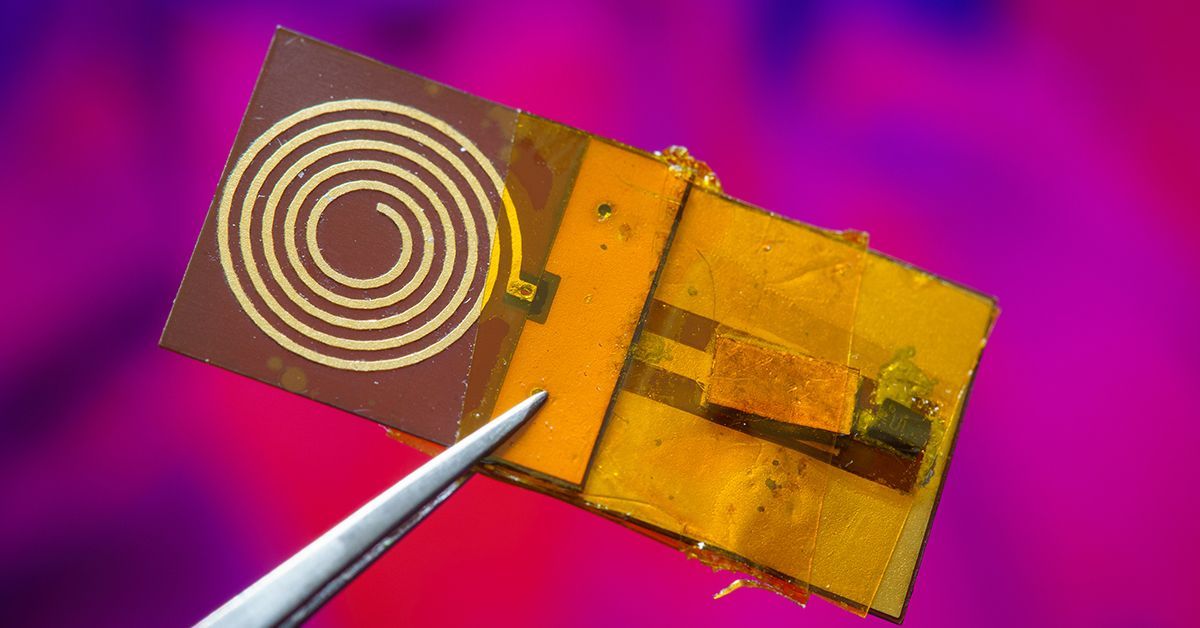
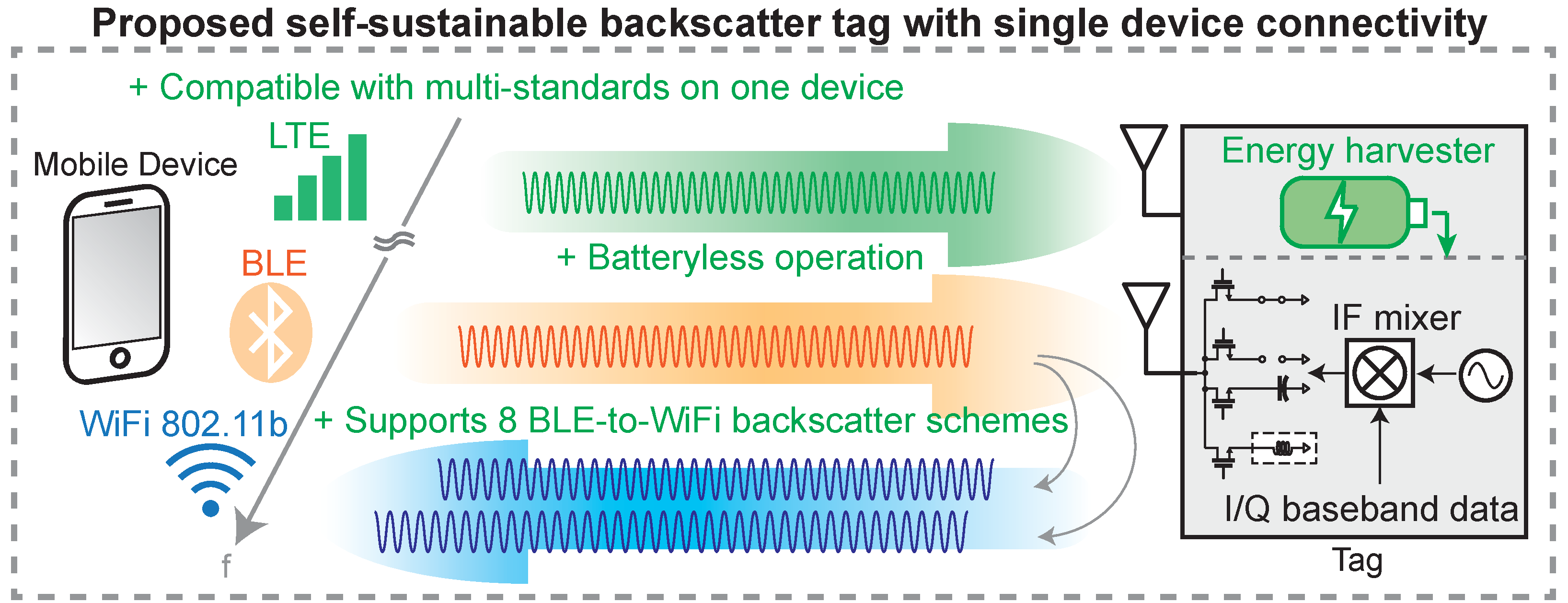
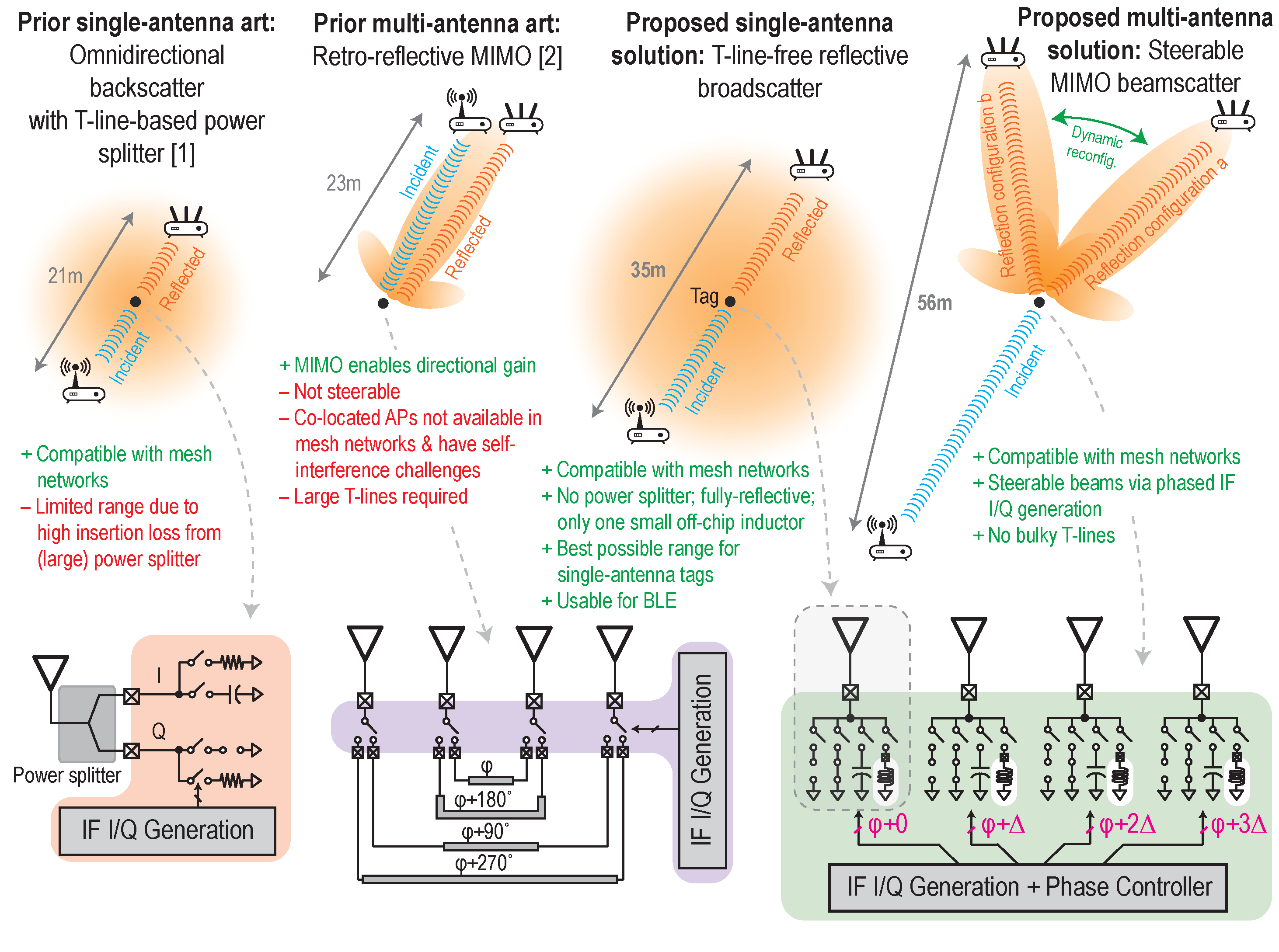
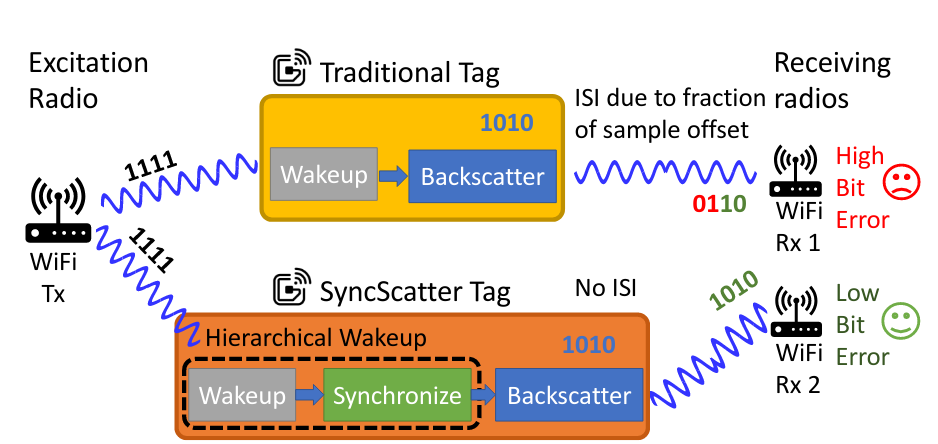
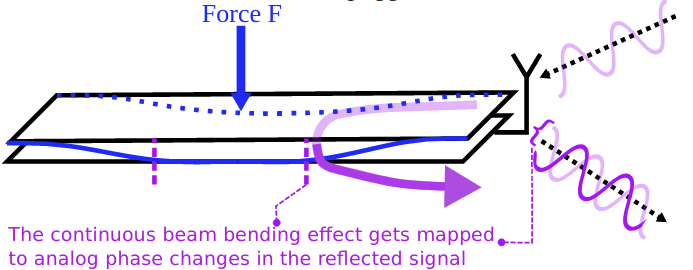
Open Source Code and Datasets
Team



